World War II: What Happened After the Atomic Bomb?
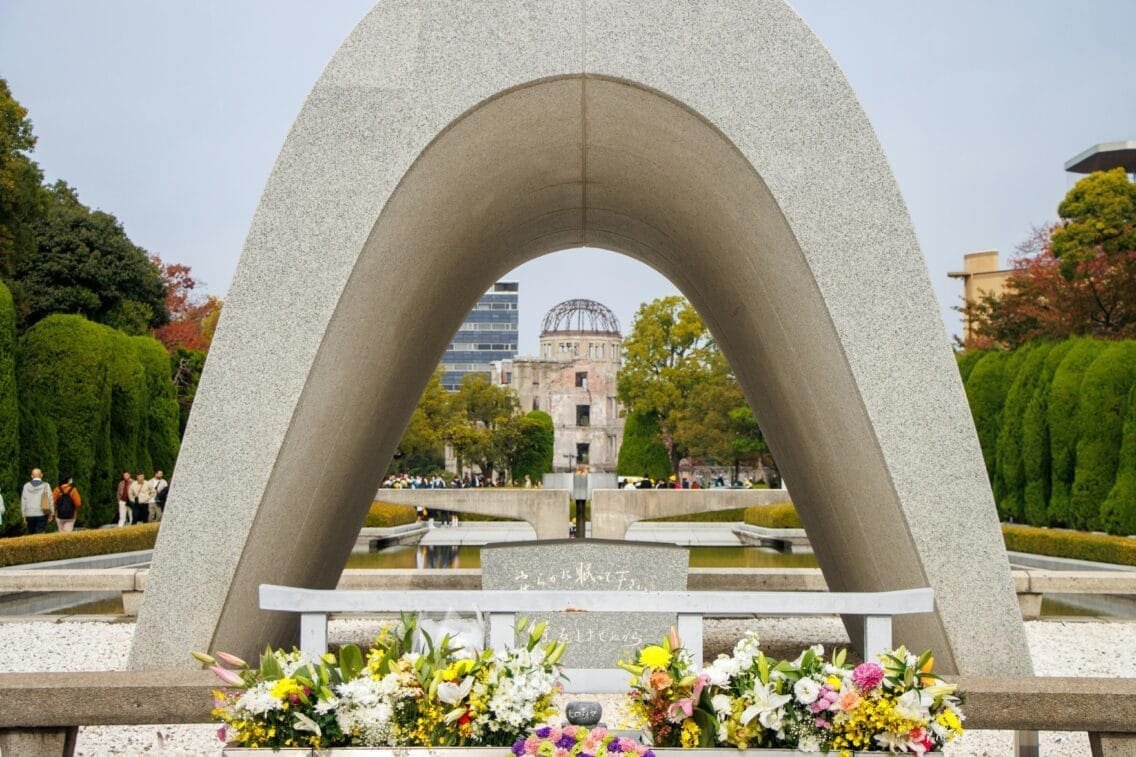
Content Warning: This article contains sensitive and graphic images of the victims of the atomic bombings. These visuals, while difficult to see, reflect the brutal consequences of war. Reader discretion is advised.
With its box-office performance in theaters and recent addition to Netflix, odds are you’ve already seen Nolan’s Oppenheimer, which follows the story of the atomic bomb’s creator. Now, it’s time for you to understand what exactly J. Robert Oppenheimer’s invention was used for.
In August 1945, during the final days of WWII, the United States dropped two atomic bombs — one on Hiroshima (August 6) and another on Nagasaki (August 9). The impact was immediate and catastrophic.
Tens of thousands died instantly. Entire city blocks vanished in an instant. But the real story, the one most films skip over, didn’t end with the mushroom cloud. It continued in hospital rooms, in rubble-strewn neighborhoods, and in the memories of those who survived.
Come with me as we look back into what happened after the bombs fell — the physical, emotional, and political aftermath that reshaped not only Japan but the world.
The Immediate Aftermath of the Atomic Bombings in 1945
When the first bomb, called the “Little Boy” (yes, as despicable as it is, they gave the bombs nicknames), detonated above the city of Hiroshima on August 6, approximately 70,000 people died within seconds.
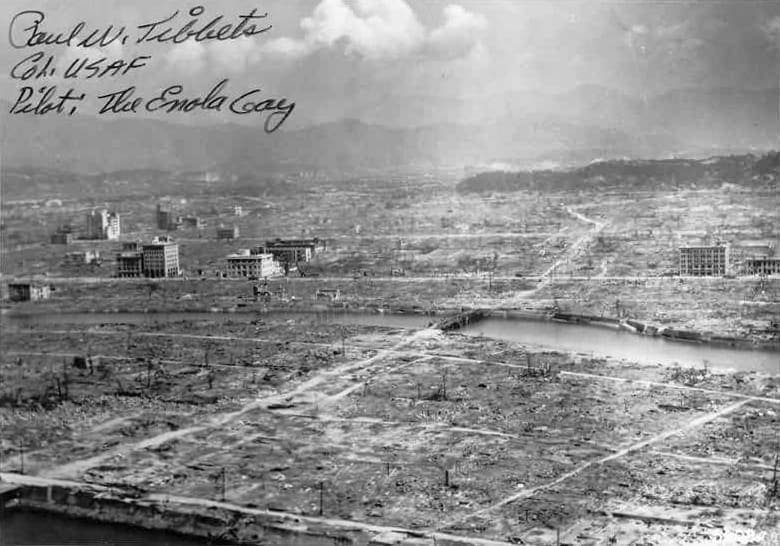
Due to burns, radiation sickness, and injuries, the death toll reached around 140,000 by the end of that year.
The second bomb, dubbed the “Fat Man,” hit Nagasaki just three days later. Around 40,000 die instantly, with total deaths reaching up to 75,000 by the end of 1945.

Intense thermal radiation burned some victims so completely that only their “nuclear shadows” remained on nearby surfaces.
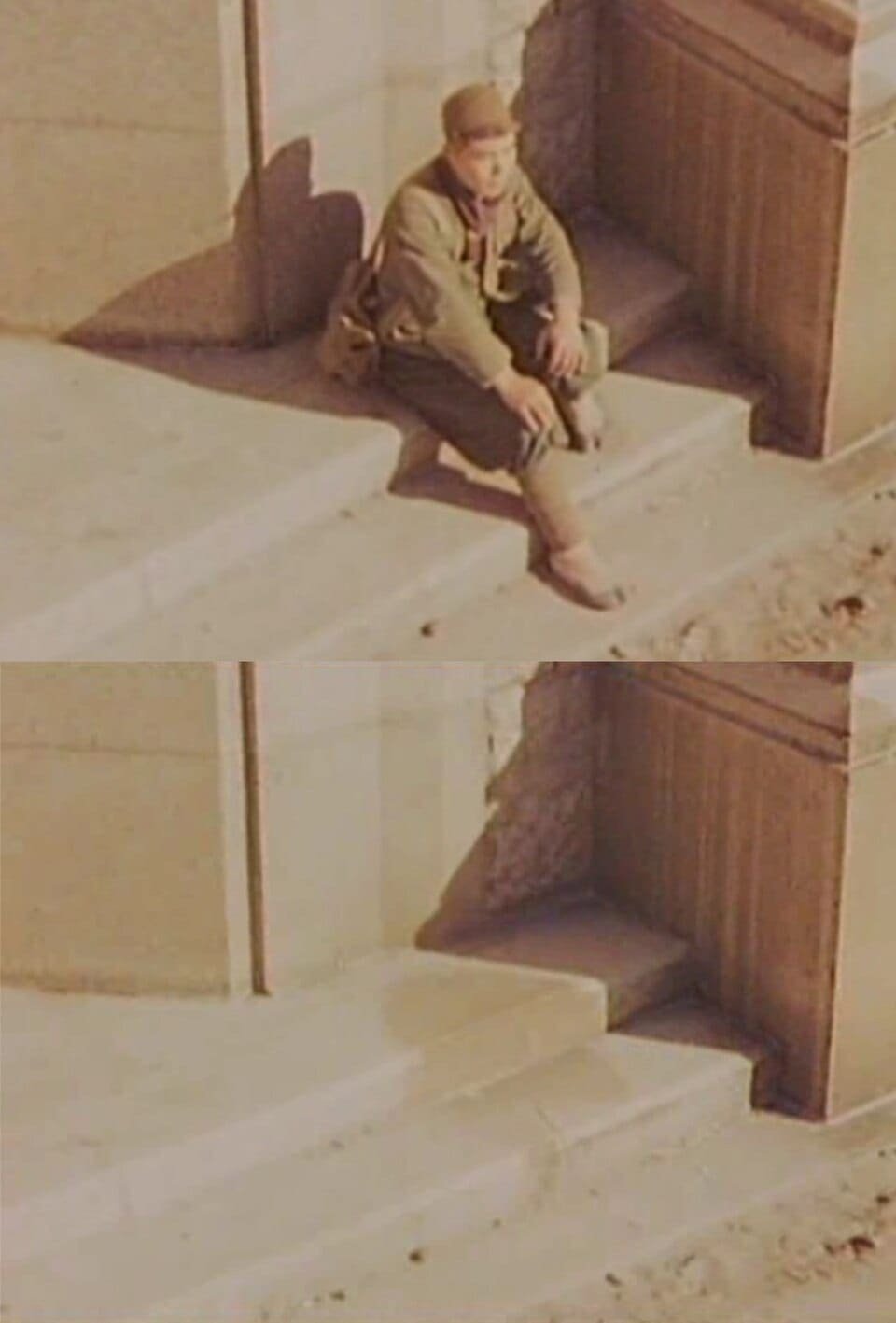
These are actual human beings, incinerated to nothing but mere “shadows” in a matter of seconds.
The scale of destruction defied imagination.
City centers were flattened. Concrete buildings melted. Fires burned uncontrollably for hours. Not to mention the direct impact on the locals who lived within the city.
Hospitals—those that remained standing—were overwhelmed. Medical staff were either dead, injured, or unprepared for what was coming. People wandered the streets with skin peeling from their bodies.
Injuries were so severe that survivors mentioned they envied the dead.
The Human Cost of WWII: Hibakusha and Radiation Illness
The hibakusha (“explosion-affected people”), was a term used to describe those who survived the atomic bombings, carried visible and invisible scars. Many suffered third-degree burns and acute radiation syndrome; symptoms include nausea, vomiting, bleeding, and rapid death.
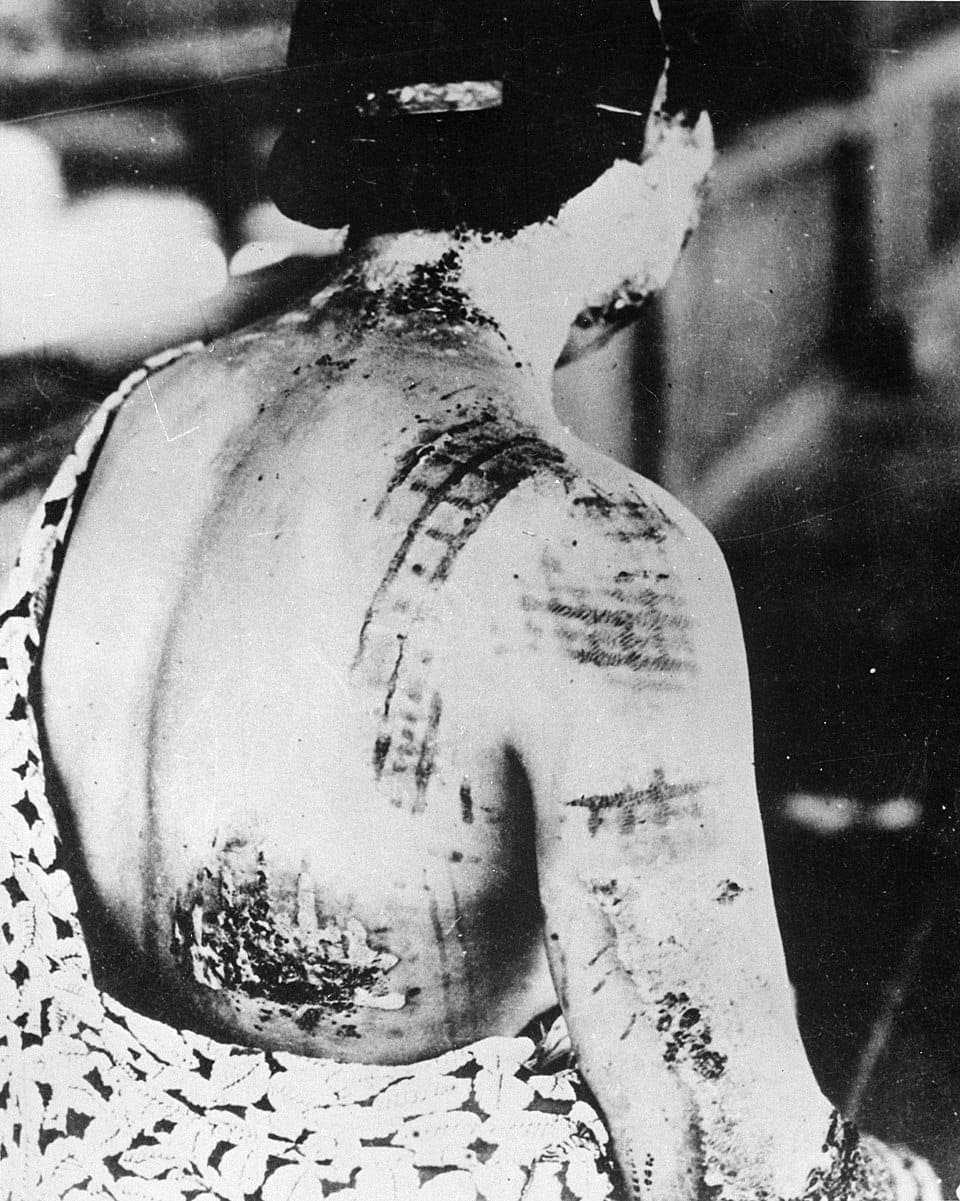
For those who lived, life never returned to normal.
A mother cradled her headless infant and wailed … Tiny, barefoot children squatted in the ruins or wandered past corpses, calling out for their mothers and fathers. One woman whose husband had died, and who would soon lose her four daughters and four-year-old son, came to understand that when one of her children stopped asking for water, it meant that she or he had died. – Susan Southard, author of Nagasaki: Life After Nuclear War
Long-term effects unfolded slowly but cruelly. Cancer rates, especially leukemia, soared in the following decades. Women who were pregnant at the time often gave birth to children with deformities or cognitive impairments. Others suffered from chronic illness, fatigue, and infertility.
“To think that the bomb reached into my womb and hurt [my son] leaves me bitter.” – A Nagasaki mother whose son was exposed to radiation in utero and born with an intellectual disability
Still, many hibakusha turned their grief into purpose. Testimonies from survivors became central to global anti-nuclear movements, their words stark reminders of what war truly costs.
Psychological and Cultural Impact on Post-War Japan
Trauma from the bombings ran deep. Survivors often struggled with grief, guilt, and a profound sense of loss. Some lost entire families. People began calling children “A-bomb orphans” after they lost both parents in the atomic bombings, or their parents became too injured to care for them.
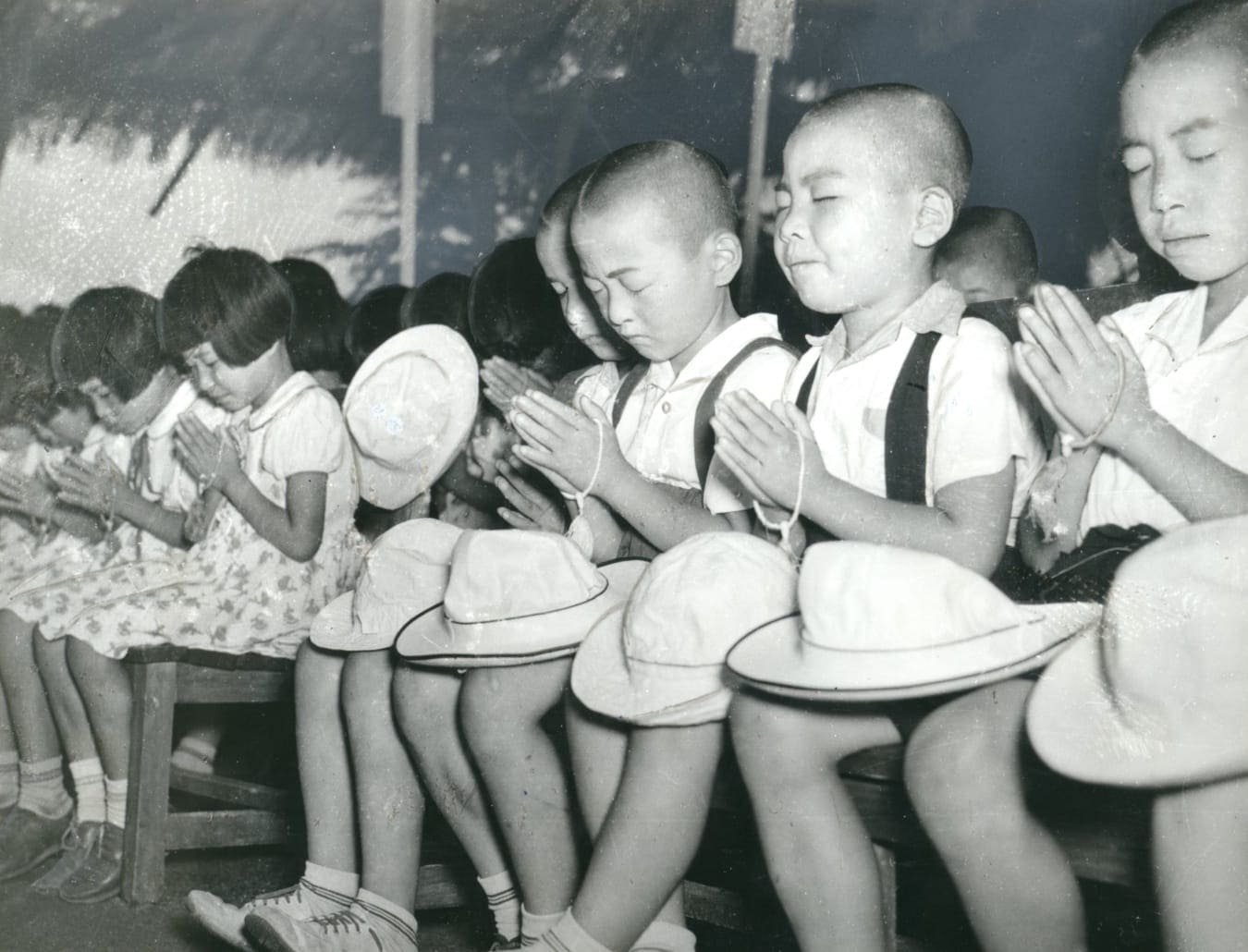
Others couldn’t shake the feeling that they should have died too. This emotional weight shaped a generation.
For years, much of this trauma was hidden. Under U.S. occupation, the press was censored. Photos, diaries, and stories about the bombings were suppressed until 1952. Silence blanketed the country, but it didn’t last.
Japanese literature and art became outlets for processing the pain. Graphic novels like Barefoot Gen and novels like Black Rain told raw, personal stories. Survivors began to speak, and their voices resonated around the world.
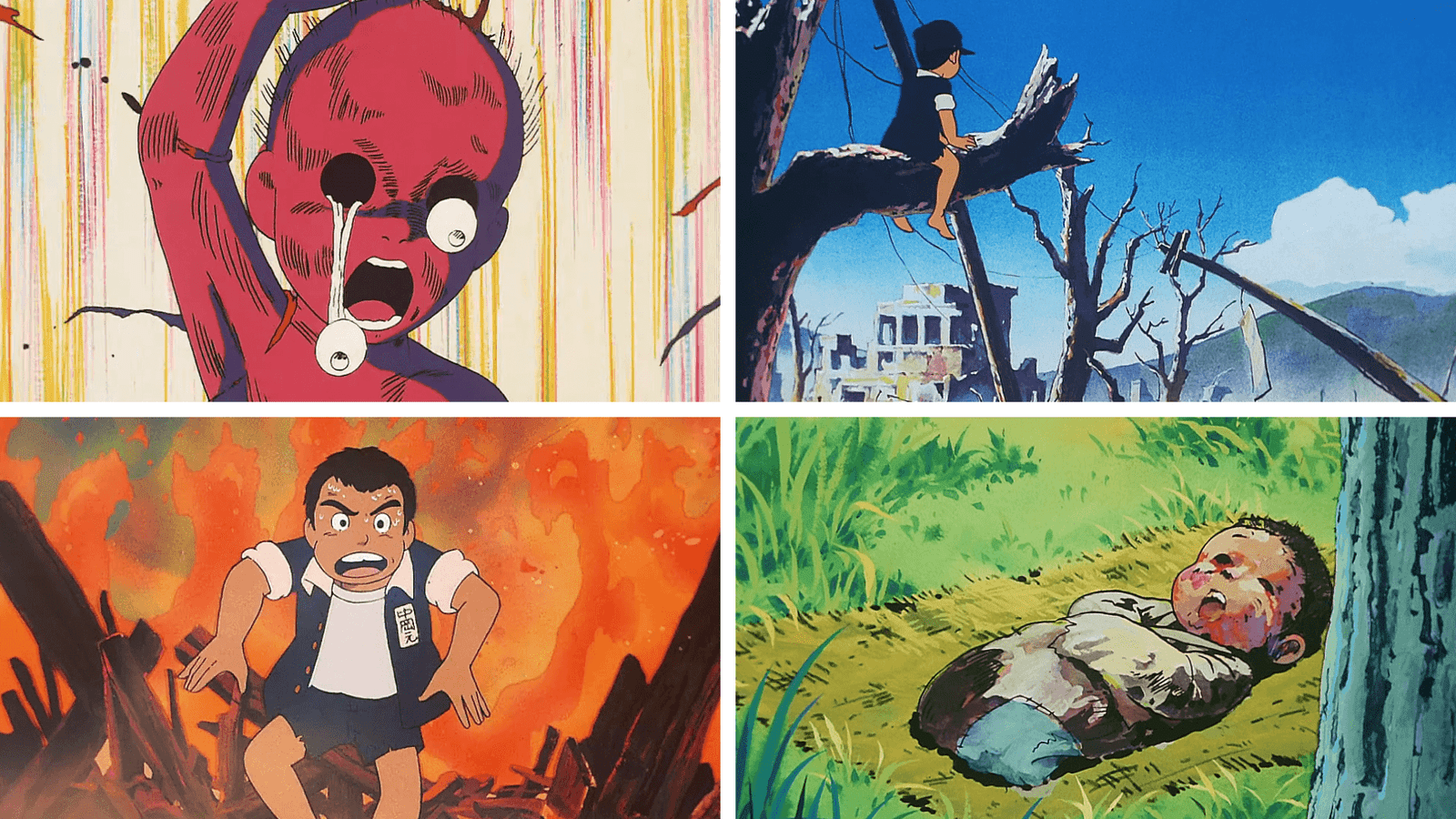
Global Influence and Japan’s Role in Anti-Nuclear Advocacy
Japan emerged from WWII not just defeated, but transformed. With the adoption of Article 9 in its constitution, the country renounced war altogether. Hiroshima and Nagasaki became more than cities — they became symbols.
Every August, peace ceremonies in both cities mark the anniversaries of the bombings. Doves are released. Bells toll. The names of new victims who’ve died from radiation-related illnesses are added to memorials.

Globally, the bombings of Hiroshima and Nagasaki remain pivotal in discussions about nuclear ethics, deterrence, and arms control.
On July 7, 2017, over 120 countries voted to adopt the UN Treaty on the Prohibition of Nuclear Weapons. Elayne Whyte Gómez, who led the negotiations, remarked that “the world has been waiting for this legal norm for 70 years.”
Ironically, though, Japan still hasn’t signed this treaty.
No Winners in Wars, Only Stories and Survivors
The atomic bombings of Hiroshima and Nagasaki didn’t simply mark the end of WWII — they exposed the devastating cost of political ambition and power struggles.
These cities were not battlefields.
They were homes, schools, neighborhoods — wiped out in moments by decisions made far from the people who suffered the consequences.
The truth is: no one wins in war.
What was gained came at the cost of tens of thousands of civilians, victims of a conflict shaped by governments, not the people caught in the middle.
Hiroshima and Nagasaki should never be remembered as symbols of strength, but as warnings. When power overrides humanity, it’s the innocent who pay.
Let these cities remind us: peace is not weakness — it’s the only responsible choice.
SOURCES:
https://www.iwm.org.uk/history/the-atomic-bombs-that-ended-the-second-world-war
https://www.britannica.com/event/atomic-bombings-of-Hiroshima-and-Nagasaki/The-bombing-of-Nagasaki


